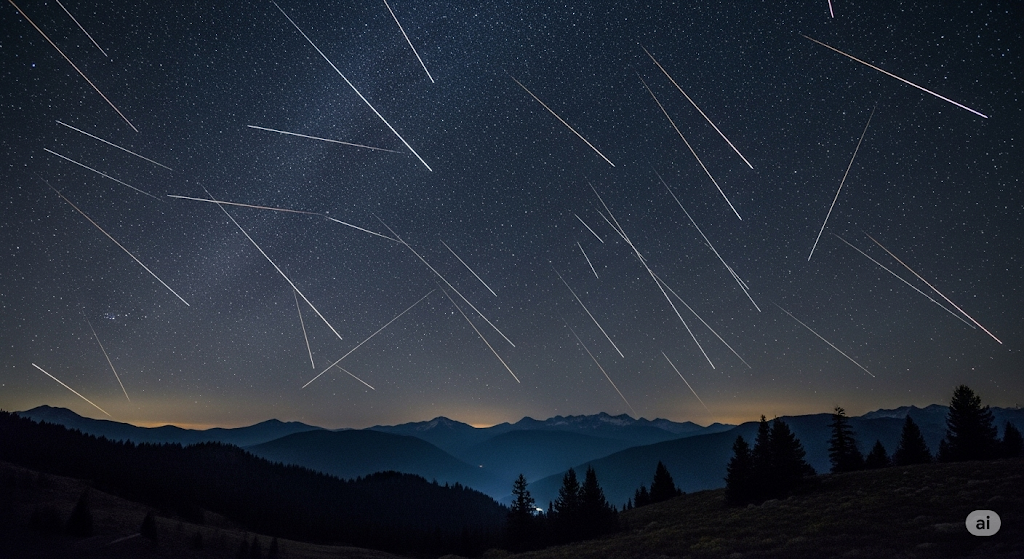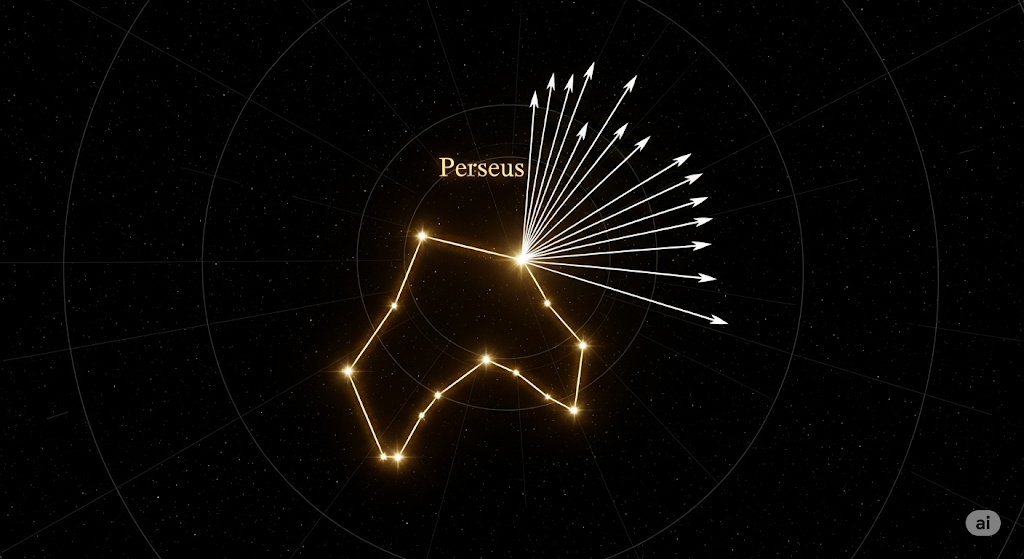Stargazers across the Northern Hemisphere are preparing for one of the year’s most anticipated astronomical events, as the Perseid meteor shower is set to reach its spectacular peak in mid-August. Under ideal conditions, viewers may witness up to 100 shooting stars per hour, according to astronomers at the National Aeronautics and Space Administration (NASA).

What to Expect from the 2024 Perseid Meteor Shower
The annual celestial event is expected to be most active on the nights of August 11, 12, and 13. While some meteors will be visible in the preceding and following weeks, the concentration will be highest during this peak period. The best viewing time is from late night, after moonset, until the early hours of dawn.
This year’s shower benefits from favorable lunar conditions. The moon will be in a crescent phase during the peak, setting early in the evening and leaving behind the dark skies necessary for optimal viewing.
“For the 2024 peak, the Moon is a waxing crescent, which means it will set before the shower viewing hours really get going,” said Dr. Bill Cooke, who leads NASA’s Meteoroid Environment Office, in a statement on the agency’s blog. “This is great news for the Perseids.”
The often-cited rate of 60 to 100 meteors per hour is the “zenithal hourly rate” (ZHR). This is a calculated figure that assumes a viewer is watching under a perfectly dark and clear sky with the radiant—the point from which the meteors appear to originate—directly overhead. In reality, most observers in suburban areas might see closer to 30 or 40 meteors per hour, while those in pristine, dark-sky locations could see significantly more.
The Perseids are renowned not just for their quantity but also for their fireballs. Fireballs are exceptionally bright meteors, some as brilliant as the planet Venus, that can cast shadows and leave lingering trails of light for several seconds. These dramatic displays are caused by larger particles of cometary debris burning up in Earth’s atmosphere.

The Cosmic Origins of the Shooting Stars
The Perseid meteor shower is caused by Earth passing through the stream of debris left behind by the comet 109P/Swift-Tuttle. This comet, discovered in 1862, is a massive ball of ice, rock, and dust that orbits the Sun every 133 years. Each time it swings through the inner solar system, the Sun’s heat causes it to shed a trail of cosmic dust and rock.
When Earth’s orbit intersects this debris trail each August, these tiny particles—most no larger than a grain of sand—slam into our upper atmosphere at speeds of about 37 miles per second (59 kilometers per second). The immense friction generated by this entry rapidly heats the particles, causing them to vaporize in the spectacular flashes of light we call meteors, or shooting stars.
“These particles hit the atmosphere and burn up, and that’s what creates the light that we see,” explains the American Meteor Society (AMS) on its website. It is crucial to distinguish these phenomena from meteorites, which are larger objects that survive the atmospheric journey and impact the ground. No debris from the Perseids has ever been known to reach the Earth’s surface.
How to Get the Best View: Stargazing Tips
Viewing this celestial event requires no special equipment, making it one of the most accessible astronomical phenomena. In fact, telescopes and binoculars are not recommended because their narrow fields of view make it less likely to spot the fast-moving meteors, which can appear anywhere in the sky.
To maximize your viewing experience, experts recommend the following stargazing tips:
- Escape City Lights: Find a viewing spot with a clear view of the sky, as far away from urban and suburban light pollution as possible. Parks, rural areas, or designated dark-sky preserves are ideal.
- Get Comfortable: Bring a blanket or a reclining chair to lie back and look straight up. This prevents neck strain and allows you to take in the widest possible view of the sky.
- Let Your Eyes Adjust: It takes approximately 20 to 30 minutes for human eyes to fully adapt to the darkness. Avoid looking at bright screens, like your phone, during this time, as it will reset your night vision.
- Be Patient: Meteor showers are not a constant stream; they occur in spurts and lulls. Plan to spend at least an hour watching to increase your chances of seeing significant activity.
While the meteors appear to originate from the constellation Perseus, which rises in the northeast after nightfall, viewers do not need to look in that specific direction. The best approach is to lie on your back and look straight up, taking in as much of the sky as possible.
The Perseid meteor shower is a reliable and magnificent natural event, a reminder of our planet’s journey through a dynamic solar system. For many, it provides a rare opportunity to connect with the cosmos in a direct and personal way. As the Royal Astronomical Society advises, “The only equipment you need to enjoy this spectacle is your own eyes.”
July’s Full Buck Moon to Share the Sky with Mars and Saturn—Here’s How to See It
